Worcester Common Burial Ground
A grave surprise in the downtown area of New England's second-largest city.
Nestled in the heart of downtown Worcester is a sight that many visitors might miss: a fenced-off patch of grass situated around a tall Gothic memorial in the middle of the park behind city hall.
It’s something that could appear anywhere across Worcester as a number of war monuments dot the area. This one is seeming no different than any other, erected in honor of a Revolutionary War colonel named Timothy Bigelow. Yet what makes this pillar stand out are the rows of headstones jetting out from the dirt around it.
These dozen or so graves are all that remain of what the city’s oldest existing cemetery, a massive burial ground in the center of town that served as Worcester’s signature graveyard for almost 70 years, starting in the early 1700s. The number of bodies entombed within the dirt of the town common numbered over 400 at the point when another cemetery was finally established in 1789. Even after that, burials continued until 1824 before the graveyard was abandoned.
After 30 years of falling into disrepair, the town decided in 1853 to simply lay the gravestones flat and bury the cemetery in several feet of dirt. Soon after, railroad lines were placed atop the soil where the graves once were. Over the years even the memory of the old graveyard was forgotten. The only marker of its location was the aforementioned Revolutionary War monument, built in 1861.
As the city continued to grow with the rise of industry the population reached into the hundreds of thousands. The center of the city soon became a bustling downtown, and few who walked through the Worcester Common daily had any idea of what lay beneath them.
It wasn’t until 1968, during the attempted construction of a reflecting pool, when the old burial ground was rediscovered along with 111 remains. Only 47 of the bodies were identified but all of them were soon reburied at the nearby Hope Cemetery.
Nearly 300 bodies buried under the common remained undiscovered, and so in their memory, the city gated off a portion of the green and restored a section of the original burial ground to appear just as it did during its heyday back in colonial times.
The few graves inhabiting this miniature snapshot of what the burial ground once was belong to some of the city’s earliest residents, including first permanent settler and his family, and the original town judge and reverend. Thanks to the preservation efforts of locals, visitors to the Worcester Common now know that their memory is not forgotten.
Know Before You Go
Don't climb the gated fence around the tombstones.







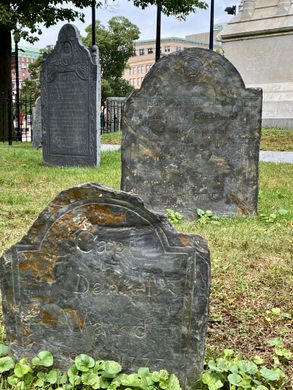

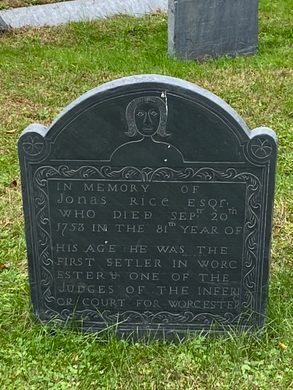





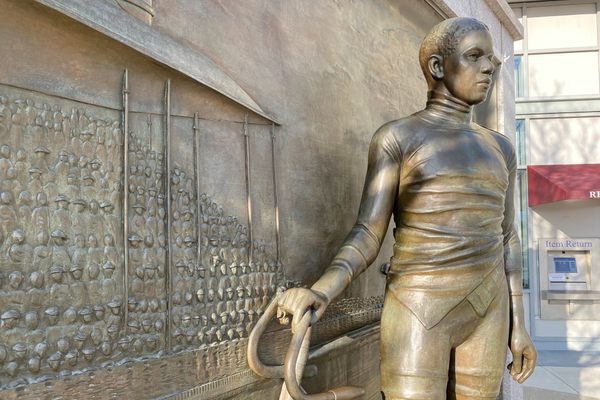
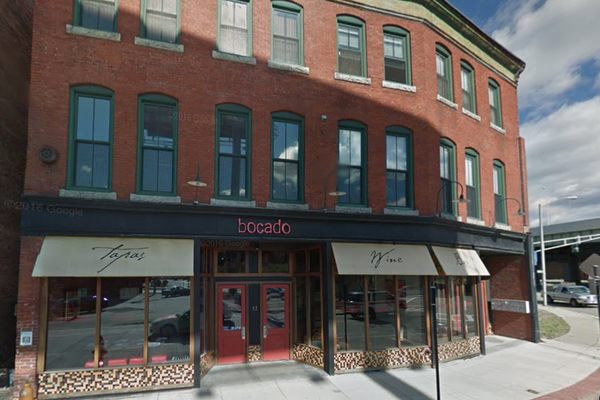

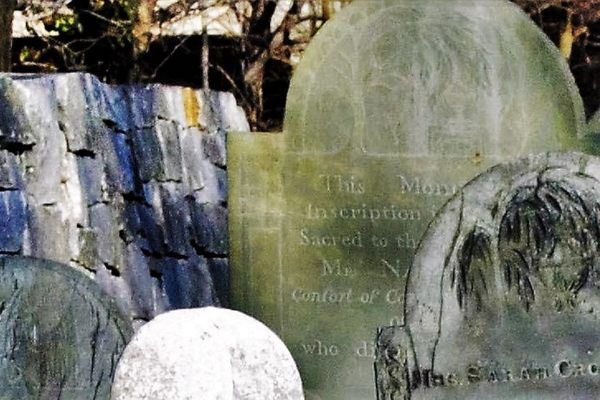




Follow us on Twitter to get the latest on the world's hidden wonders.
Like us on Facebook to get the latest on the world's hidden wonders.
Follow us on Twitter Like us on Facebook